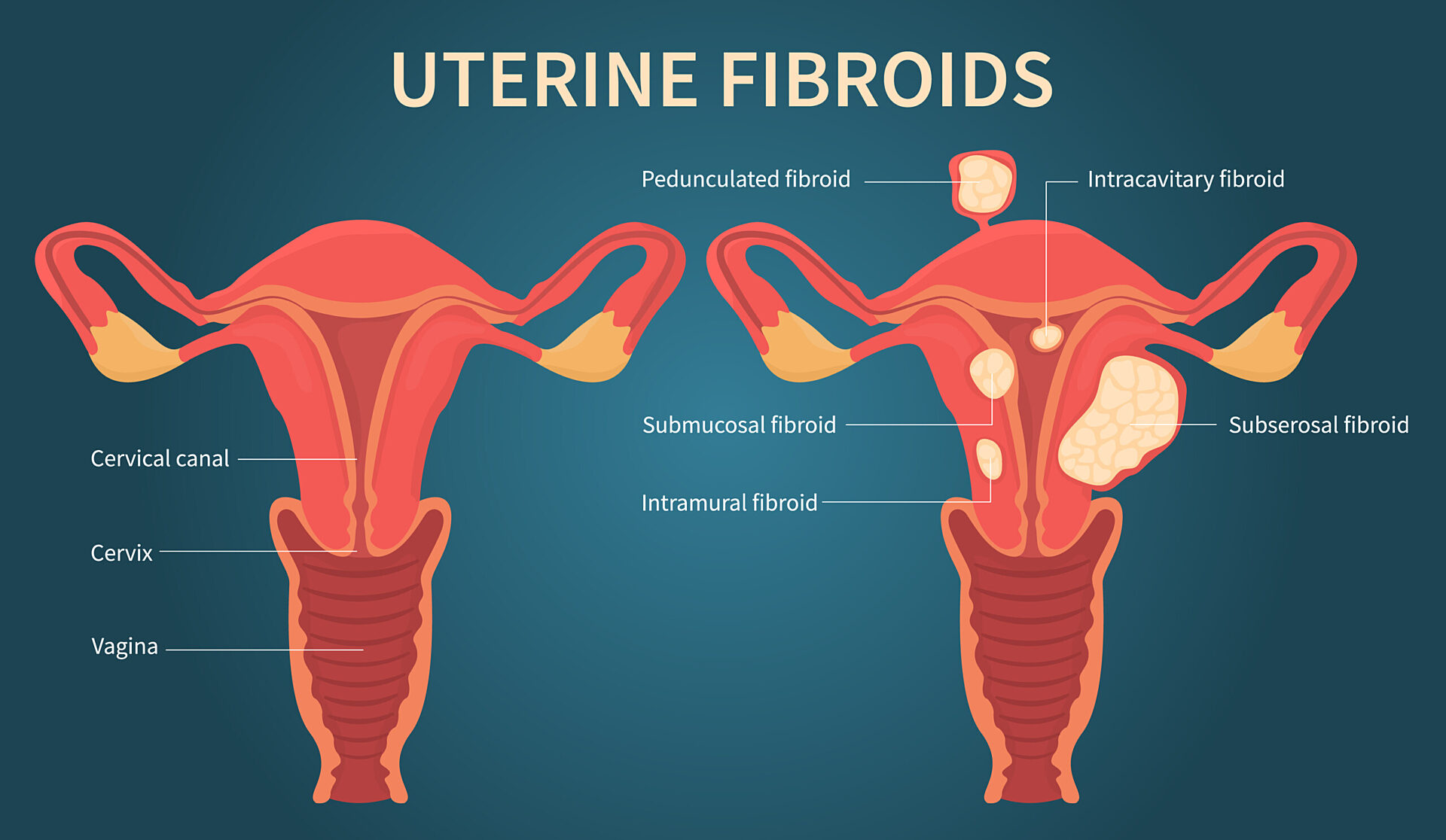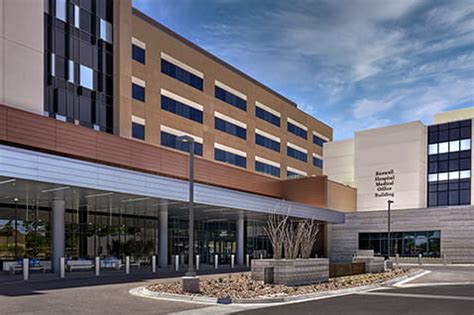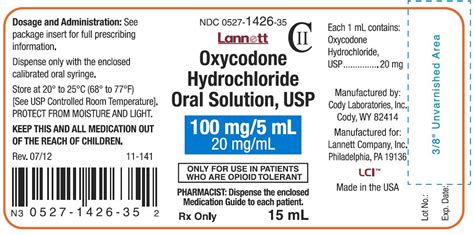Uterine fibroids are a common condition affecting millions of women worldwide, characterized by the growth of non-cancerous tumors in the uterus. These tumors, also known as leiomyomas, can cause a range of symptoms, including heavy menstrual bleeding, pelvic pain, and pressure on the bladder or bowel. While some women may not experience any symptoms, others may find their daily lives significantly impacted by the presence of these growths. The good news is that there are various treatment options available for fibroid tumors in the uterus, ranging from conservative management to surgical interventions.
Understanding Fibroid Tumors
Before delving into the treatment options, it’s essential to understand what fibroid tumors are and how they develop. Fibroids are benign tumors that arise from the smooth muscle layer of the uterus. They can vary in size, number, and location within the uterus, and their growth is influenced by hormonal factors, particularly estrogen. The exact cause of fibroids is unknown, but research suggests that genetic, hormonal, and environmental factors may play a role in their development.
Symptoms of Fibroid Tumors
The symptoms of fibroid tumors can vary depending on the size, location, and number of tumors. Common symptoms include:
- Heavy or prolonged menstrual bleeding
- Pelvic pain or pressure
- Bowel or bladder pressure
- Frequent urination
- Painful menstrual cramps
- Infertility or recurrent miscarriage
Treatment Options for Fibroid Tumors
The treatment of fibroid tumors depends on several factors, including the size and location of the tumors, the severity of symptoms, and the woman’s overall health and reproductive goals. Here are some of the treatment options available:
Conservative Management
For women with mild symptoms or small fibroids, conservative management may be the best approach. This can include:
- Pain management: Over-the-counter pain relievers or prescription medications to manage pelvic pain and menstrual cramps.
- Hormonal therapies: Birth control pills or other hormonal medications to regulate menstrual cycles and reduce bleeding.
- Lifestyle modifications: Dietary changes, exercise, and stress management to alleviate symptoms.
Minimally Invasive Procedures
For women with larger fibroids or more severe symptoms, minimally invasive procedures may be recommended. These include:
- Uterine artery embolization (UAE): A procedure that blocks the blood supply to the fibroid, causing it to shrink.
- Magnetic resonance-guided focused ultrasound (MRgFUS): A non-invasive procedure that uses high-frequency sound waves to heat and shrink the fibroid.
- Radiofrequency ablation: A minimally invasive procedure that uses heat to destroy the fibroid tissue.
Surgical Interventions
In some cases, surgical intervention may be necessary to remove the fibroid tumor or the entire uterus. These include:
- Myomectomy: A surgical procedure that removes the fibroid tumor while leaving the uterus intact.
- Hysterectomy: A surgical procedure that removes the entire uterus, often recommended for women with large or multiple fibroids, or those who have completed childbearing.
It's essential to note that while surgical interventions can provide relief from symptoms, they may also have significant implications for a woman's reproductive health and overall well-being. Therefore, it's crucial to weigh the benefits and risks of each treatment option carefully and discuss them with a healthcare provider.
Emerging Trends in Fibroid Treatment
Researchers are continually exploring new and innovative approaches to treating fibroid tumors. Some emerging trends include:
- Gene therapy: Targeted therapies that aim to reduce fibroid growth by modifying gene expression.
- Stem cell therapy: Experimental treatments that use stem cells to regenerate healthy uterine tissue.
- Robotic-assisted surgery: Minimally invasive surgical procedures that use robotic technology to enhance precision and reduce recovery time.
What are the risks and benefits of uterine artery embolization (UAE) for fibroid treatment?
+UAE is a minimally invasive procedure that can effectively reduce fibroid symptoms, but it also carries risks such as infection, bleeding, and potential damage to surrounding tissues. It's essential to discuss the benefits and risks with a healthcare provider to determine if UAE is the right treatment option.
Can fibroid tumors be prevented?
+While the exact cause of fibroids is unknown, research suggests that maintaining a healthy weight, exercising regularly, and eating a balanced diet may help reduce the risk of developing fibroids. However, more research is needed to confirm these findings.
How do fibroid tumors affect fertility?
+Fibroid tumors can affect fertility by causing heavy bleeding, altering the shape of the uterus, and interfering with implantation of the embryo. However, many women with fibroids can still become pregnant, and treatment options are available to improve fertility outcomes.
In conclusion, fibroid tumors in the uterus can cause significant symptoms and impact a woman’s quality of life. Fortunately, there are various treatment options available, ranging from conservative management to surgical interventions. By understanding the symptoms, treatment options, and emerging trends in fibroid treatment, women can make informed decisions about their care and work with their healthcare providers to develop a personalized treatment plan.



